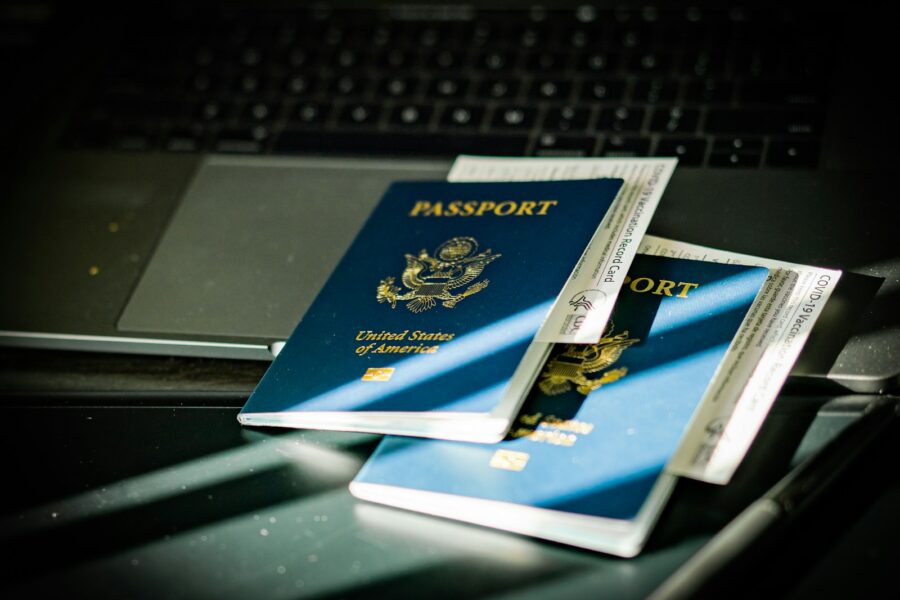Purpose of Labor Certification
In exploring the complexities of USA immigration, one term comes up time and again: labor certification. But what’s the underlying purpose of this critical step in the process? Let me break it down for you.
First and foremost, labor certification exists as a protective measure for the U.S. labor market. It ensures that the hiring of foreign workers does not adversely affect the employment opportunities, wages, and working conditions of U.S. workers in similar positions. This isn’t just about protecting jobs; it’s about maintaining the quality of the labor environment for everyone involved.
Another key objective is to assist employers in filling positions for which no suitable U.S. workers are available. Even though the protectionist angle, the system recognizes the need for global talent. Through labor certification, immigration can become a mutually beneficial process—employers gain the skilled workers they need, while the economy benefits from the diverse skill sets that immigrants bring to the table.
The process also serves as a screening mechanism to ensure that employers are genuine in their need for foreign workers and not attempting to undercut local labor. By requiring a detailed application process, it places necessary scrutiny on the employment offer and the employer’s efforts to recruit domestically first.
In essence, the labor certification process embodies a delicate balance. It aims to strike a harmonious chord between safeguarding the interests and rights of U.S. workers and the operational needs of employers within the framework of USA immigration policies. By understanding its purpose, we can better appreciate the multifaceted role it plays in shaping the employment world for both local and foreign workers in the United States.
Importance of Labor Certification
In my journey exploring the complexities of USA immigration, I’ve come to understand the critical role that labor certification plays. It’s not merely a procedural step; it’s a safeguard for both U.S. workers and foreign nationals seeking employment in the United States.
Labor certification is pivotal for ensuring that the introduction of foreign workers into the U.S. job market does not adversely affect the employment opportunities, wages, and working conditions of U.S. workers. It acts as a balance, allowing for the necessary infusion of foreign talent where it’s genuinely needed, while protecting local labor from unfair competition. For employers, it’s a mandatory hurdle to clear when hiring from abroad, demonstrating that diligent efforts were made to recruit domestically without success before looking overseas.
Also, the certification process plays a key role in the broader framework of USA immigration policies. It supports the government’s objective of controlling the flow of immigrants based on labor market needs. This ensures that sectors experiencing labor shortages are sufficiently staffed, contributing to the overall health of the U.S. economy.
For immigrants like me, understanding the importance of labor certification is also about recognizing our responsibility to integrate into the U.S. labor market responsibly and respectfully. By adhering to this process, we contribute to a balanced and fair work environment for everyone involved.
Exploring the procedures can be daunting, but it’s essential for ensuring that the opportunities for foreign workers do not come at the expense of the U.S. labor force. This delicate balance maintained by labor certification is crucial for sustaining an equitable and prosperous job market in the United States.
Process of Labor Certification
When tackling USA immigration, understanding the Process of Labor Certification is a cornerstone for immigrants aiming to enter the workforce. The journey commences with a potential employer recognizing the necessity to fill a position for which no suitable U.S. worker is available. Here’s how the process unfolds:
- Prevailing Wage Determination (PWD): The first step involves the employer submitting a request to the Department of Labor (DOL) to determine the appropriate wage for the position. This ensures that the wage offered to foreign workers is in line with what U.S. workers in similar roles receive, maintaining fair labor standards.
- Job Order and Recruitment: Following the PWD, employers must place a job order with their State Workforce Agency (SWA) and conduct recruitment efforts. This phase proves there’s a genuine need for foreign labor by demonstrating that no qualified U.S. workers are available for the job.
- Application for Labor Certification: After thorough recruitment, the employer files an ETA Form 9089 with the DOL. This application details the job duties, requirements, and the results of the recruitment process, illustrating the necessity for a foreign worker.
The DOL’s meticulous evaluation of the application ensures that hiring a foreign national will not adversely affect the wages and working conditions of U.S. workers in similar positions. Approval from the DOL validates that the employer has met all requirements and can proceed to petition for their prospective employee’s immigration.
Each step in the Process of Labor Certification is pivotal, enveloping a series of checks and balances designed to protect both U.S. and foreign workers. It’s a testament to the United States’ commitment to a fair and competitive labor market, an essential element of the broader USA immigration framework. Exploring this process can seem daunting but armed with the right information and guidance, it becomes a manageable pathway to entering the U.S. job market.
Steps Involved in Labor Certification
Understanding the steps involved in labor certification is critical for anyone considering USA immigration and seeking employment in the United States. I’ll walk you through the essential stages of the process, highlighting key points to ensure you’re well-informed.
The first step in the labor certification process is obtaining a prevailing wage determination from the Department of Labor (DOL). This involves the employer determining the average wage for the occupation in the area of employment, ensuring that the offered wage to a foreign worker does not undercut salaries of U.S. employees in similar positions.
Following the wage determination, the employer must place a job order with the State Workforce Agency (SWA). This step is crucial as it demonstrates the employer’s effort to recruit U.S. workers for the position before considering applicants from abroad. Immigration policies strictlty enforce this to protect the domestic labor market.
The recruitment effort doesn’t stop there. Employers are required to engage in additional recruitment activities, such as advertising the job in newspapers and online job boards. The goal here is to prove that there are no qualified U.S. workers available for the position, hence the need for a foreign worker.
Once these steps are diligently followed, the employer files an Application for Permanent Employment Certification with the DOL. This application includes detailed information about the job, including duties, requirements, and the outcomes of the recruitment efforts.
The DOL then carefully evaluates the application to ensure that the employment of a foreign national will not adversely impact the wages and working conditions of similarly employed U.S. workers. Approval from the DOL is a green light for the employer to proceed with petitioning for their prospective employee’s immigration.
Each of these steps plays a fundamental role in maintaining a fair and competitive labor market in the United States. By adhering to labor certification requirements, the process ensures that USA immigration policies are respected, eventually supporting the nation’s workforce and economy.
Conclusion
Exploring the intricacies of labor certification is essential for employers and foreign nationals alike. It’s a process that underscores the balance between offering opportunities to immigrants and safeguarding the interests of U.S. workers. My deep jump into this topic has shown me that labor certification is more than just a procedural step; it’s a cornerstone of a fair, competitive, and thriving U.S. labor market. By ensuring that foreign workers are introduced into the job market without negatively impacting local employment, wages, and working conditions, labor certification supports the U.S. economy’s health and growth. It’s clear that adhering to this process is crucial for maintaining an equitable work environment for all. As we look towards the future, understanding and respecting the principles behind labor certification will remain key to fostering a prosperous job market in the United States.


Leave a Comment